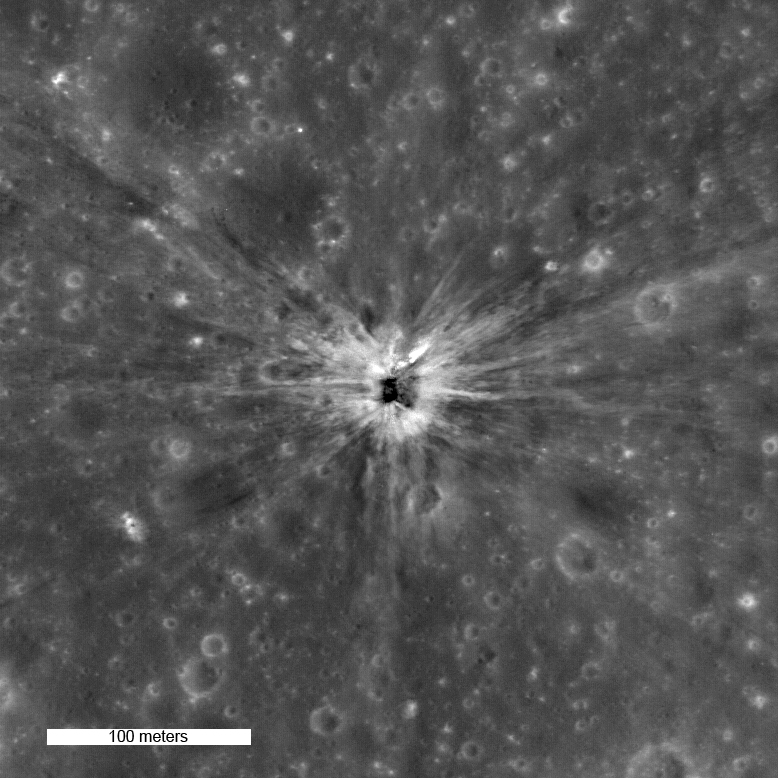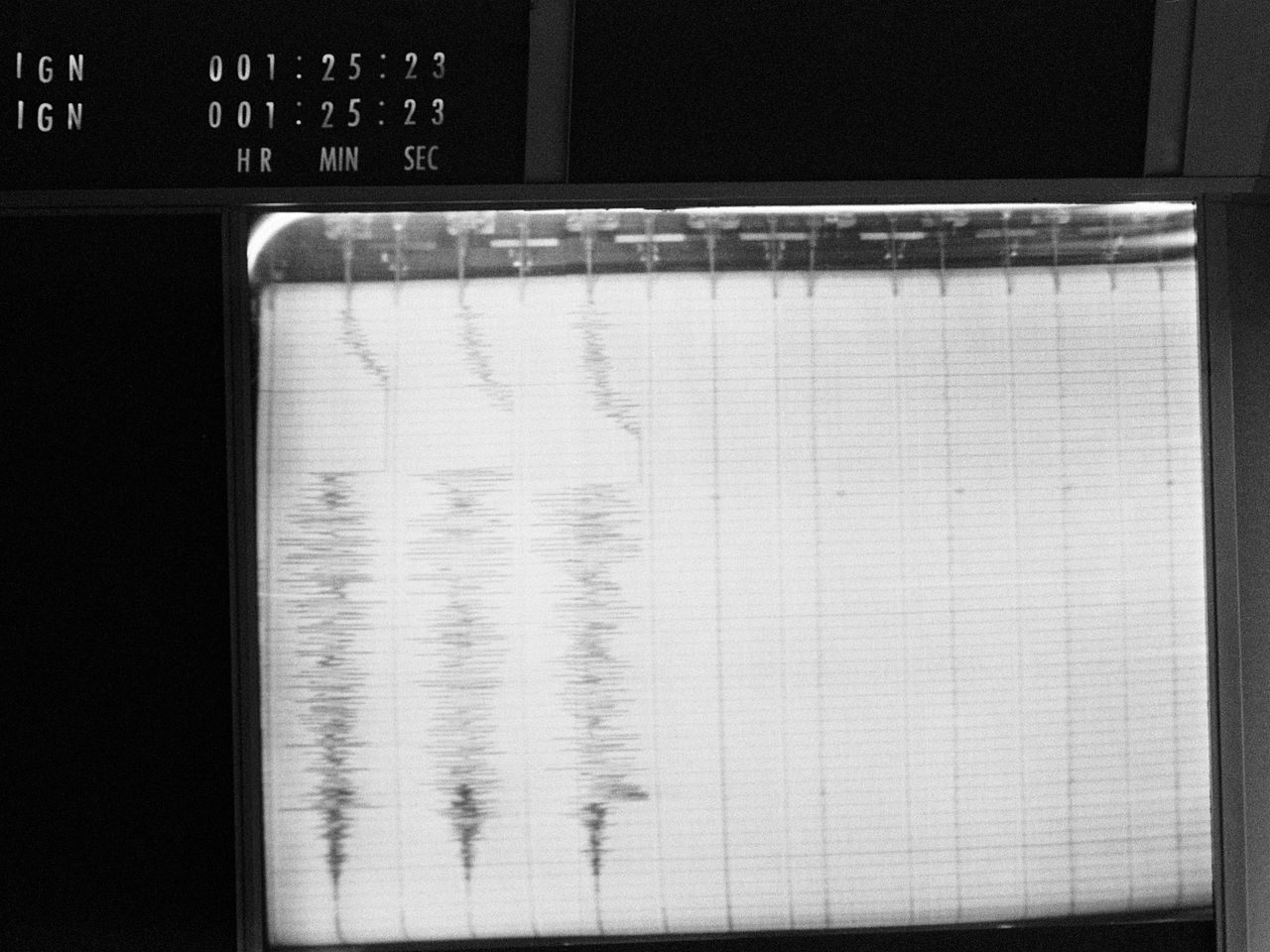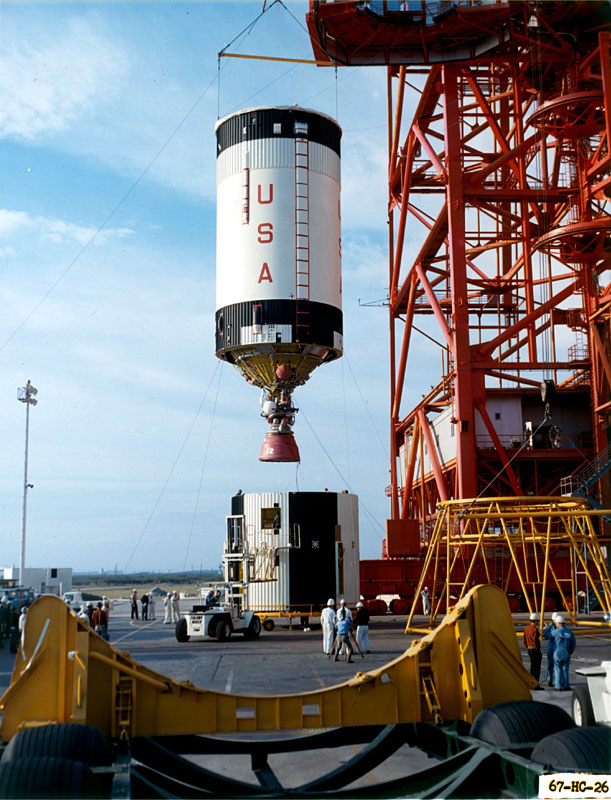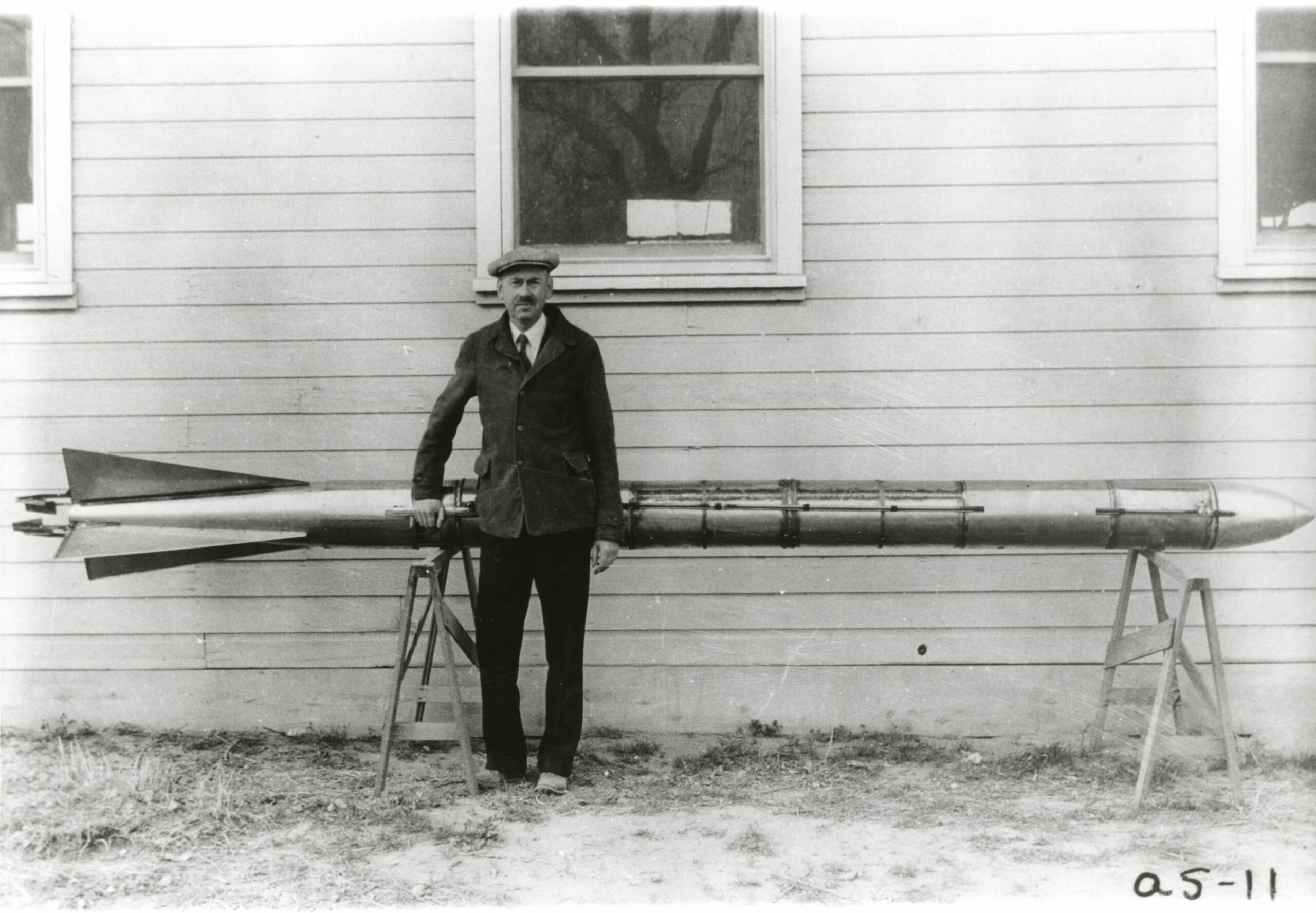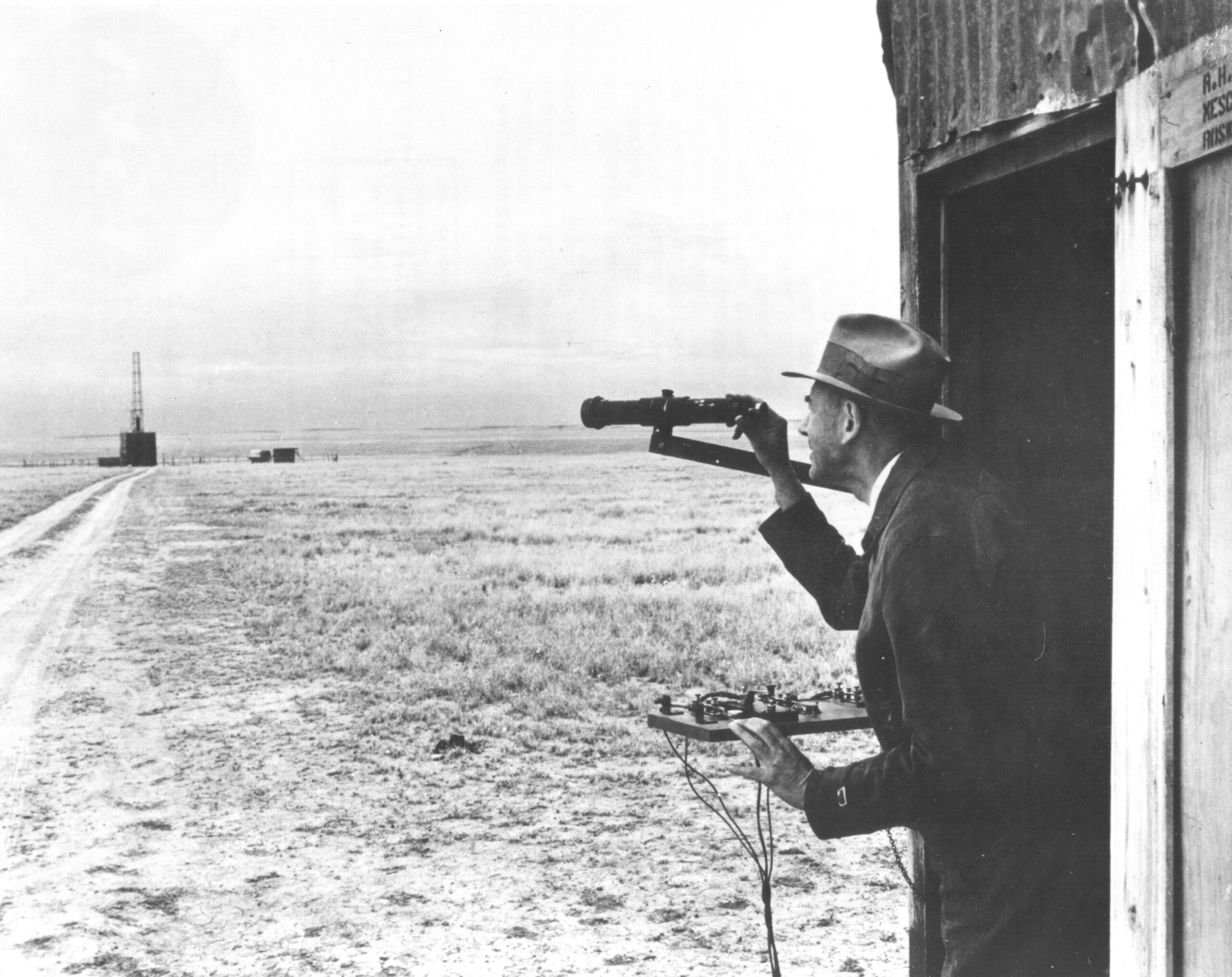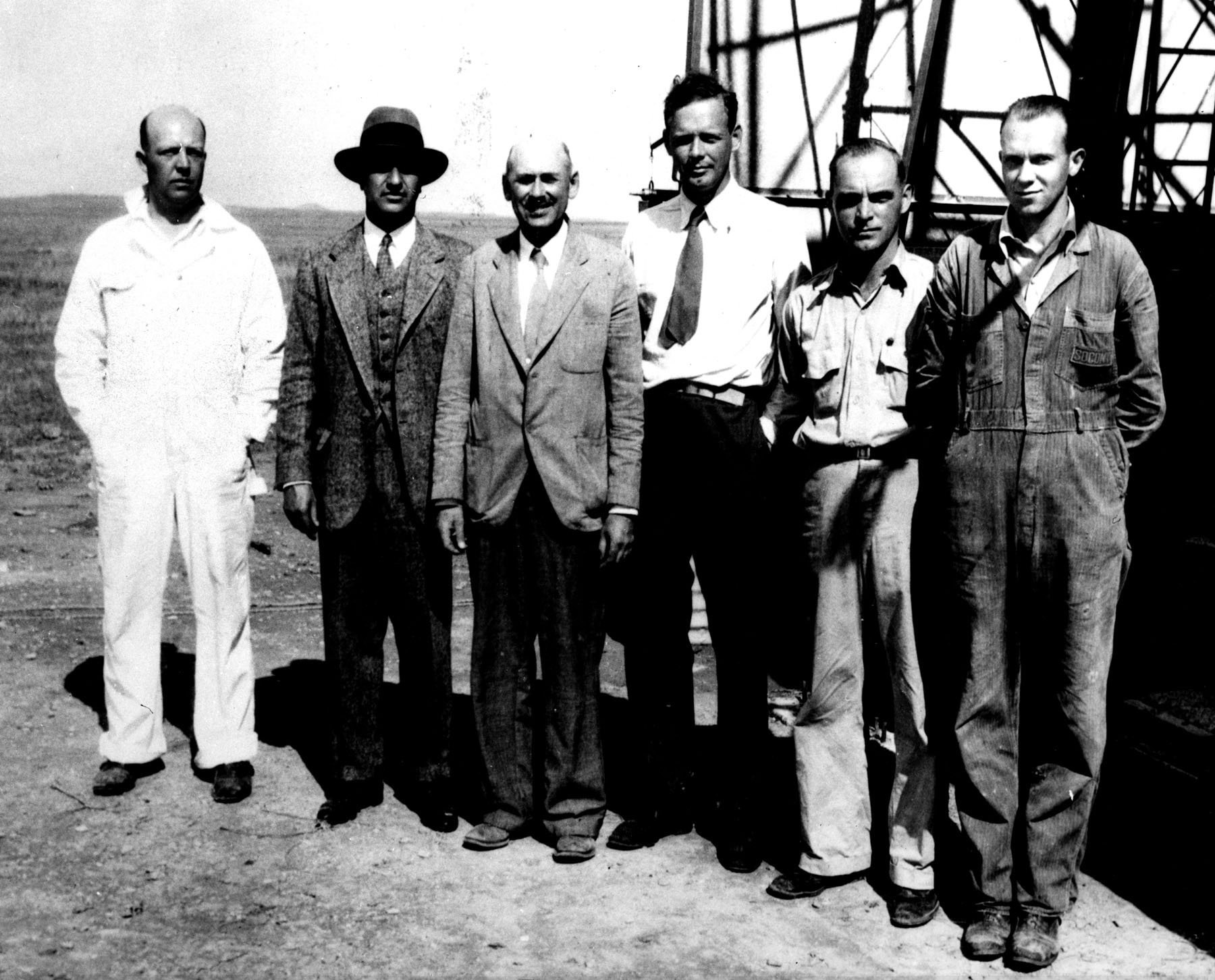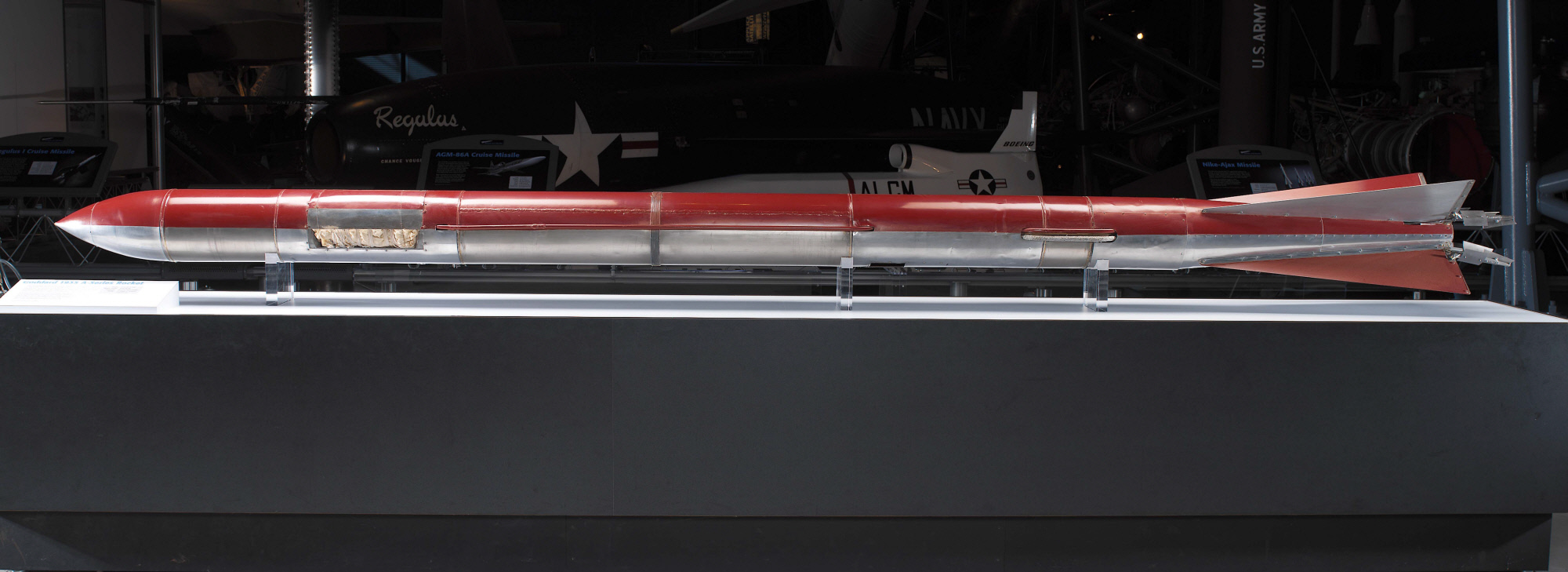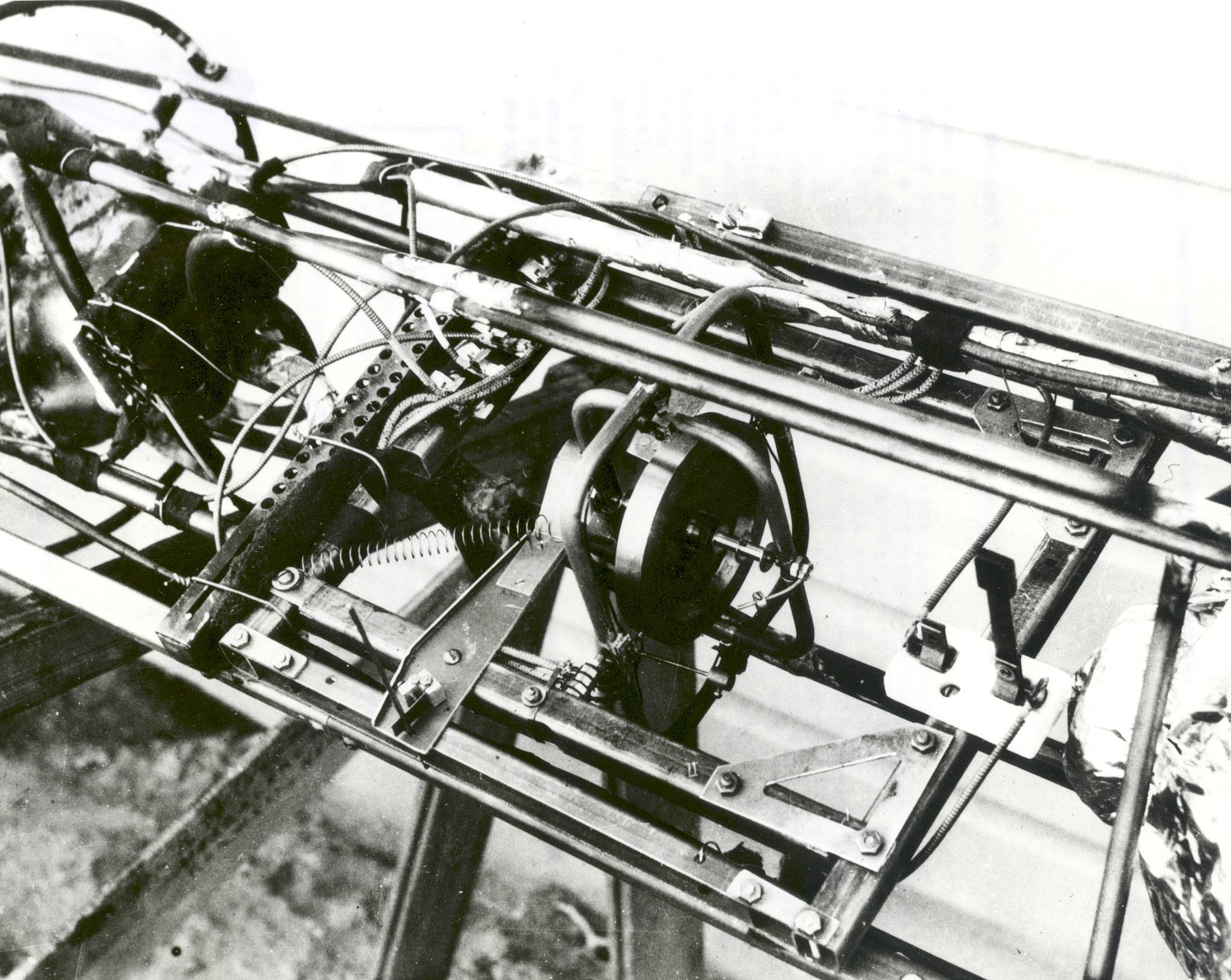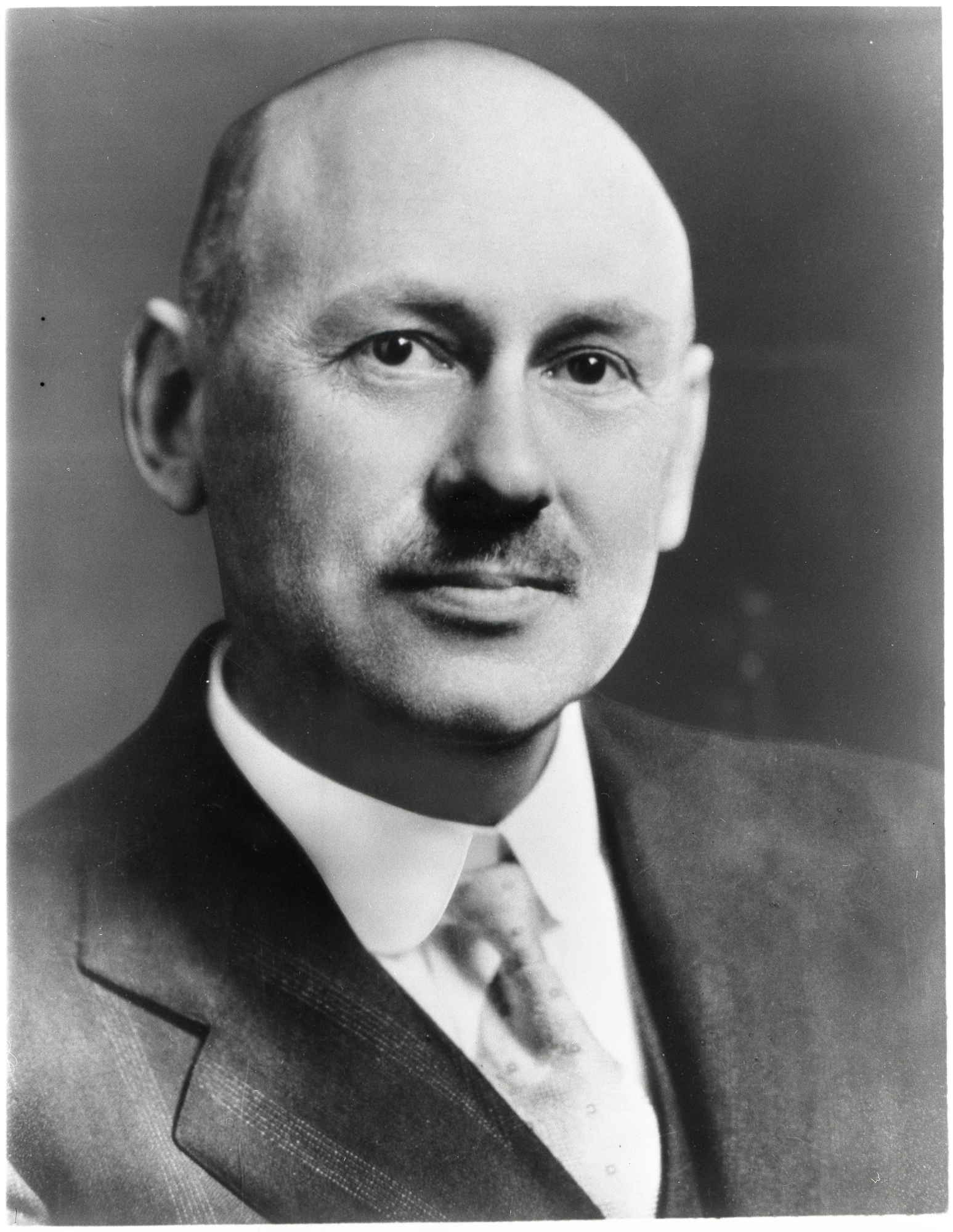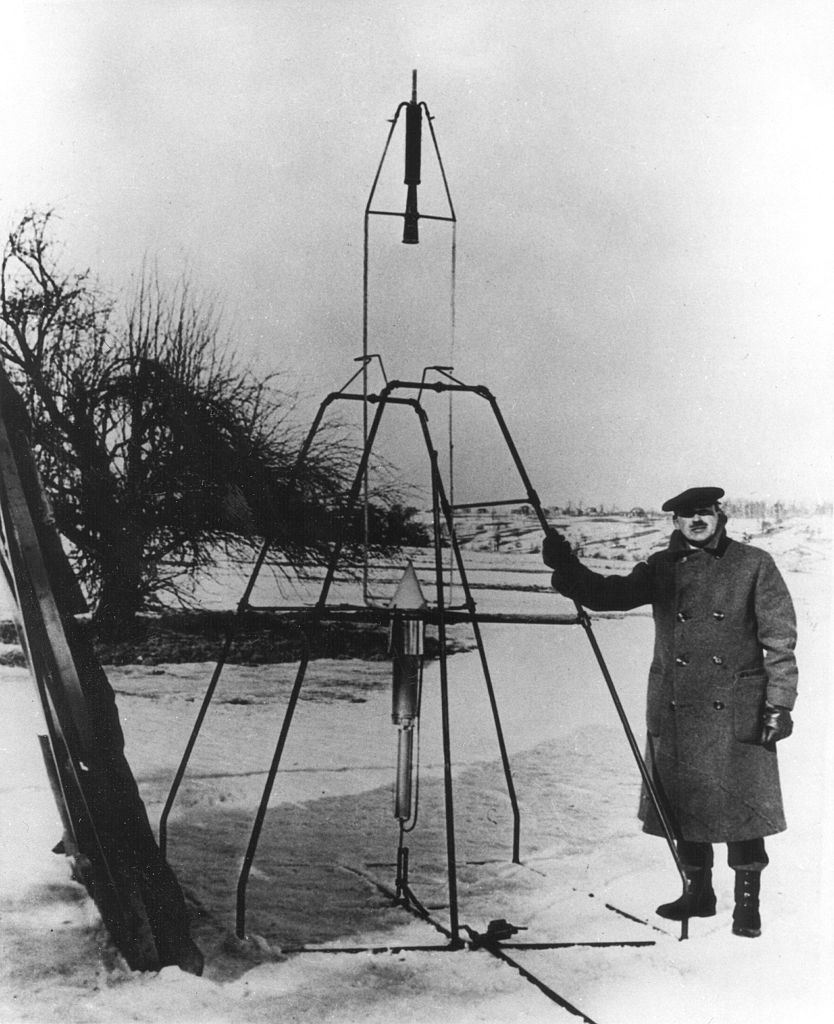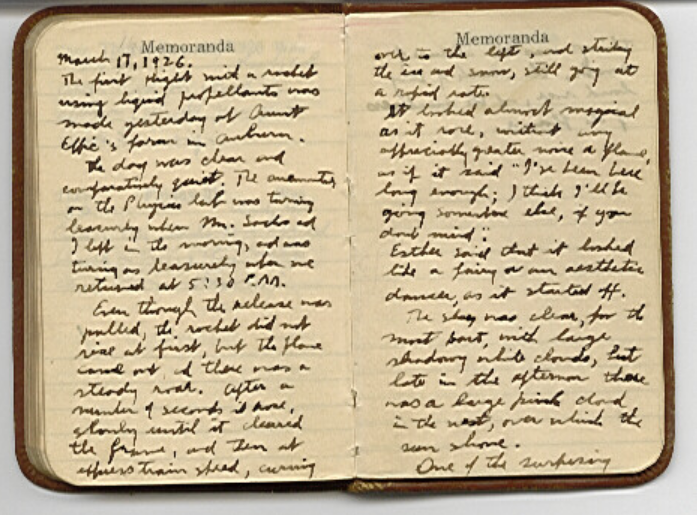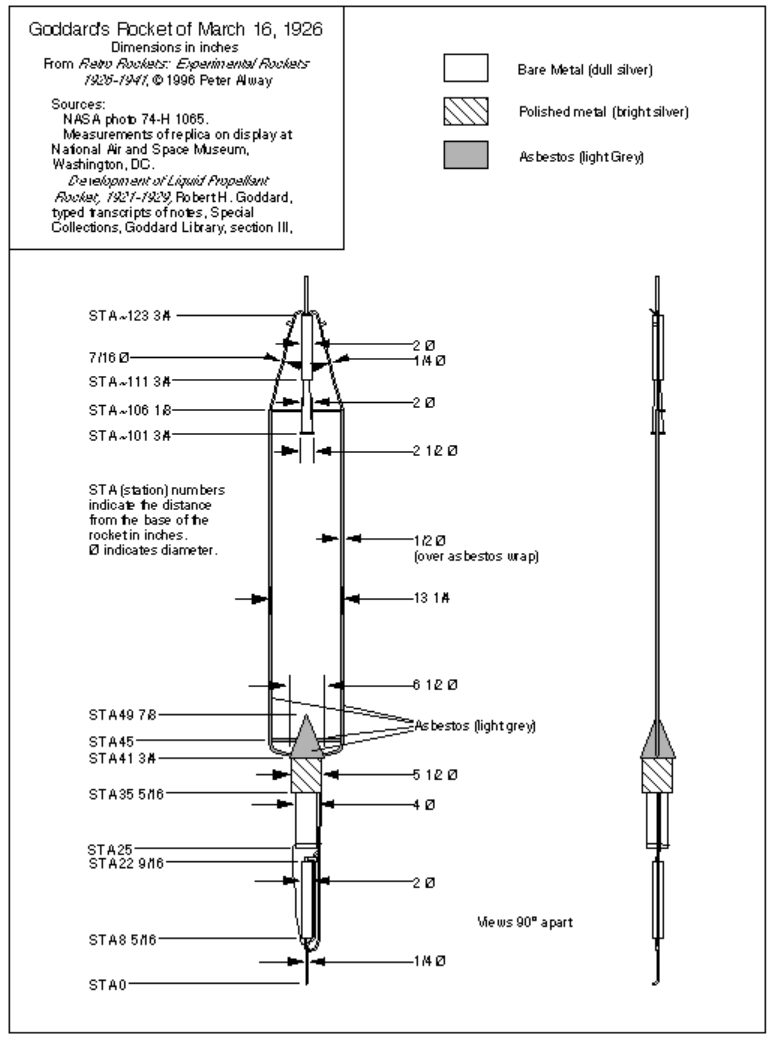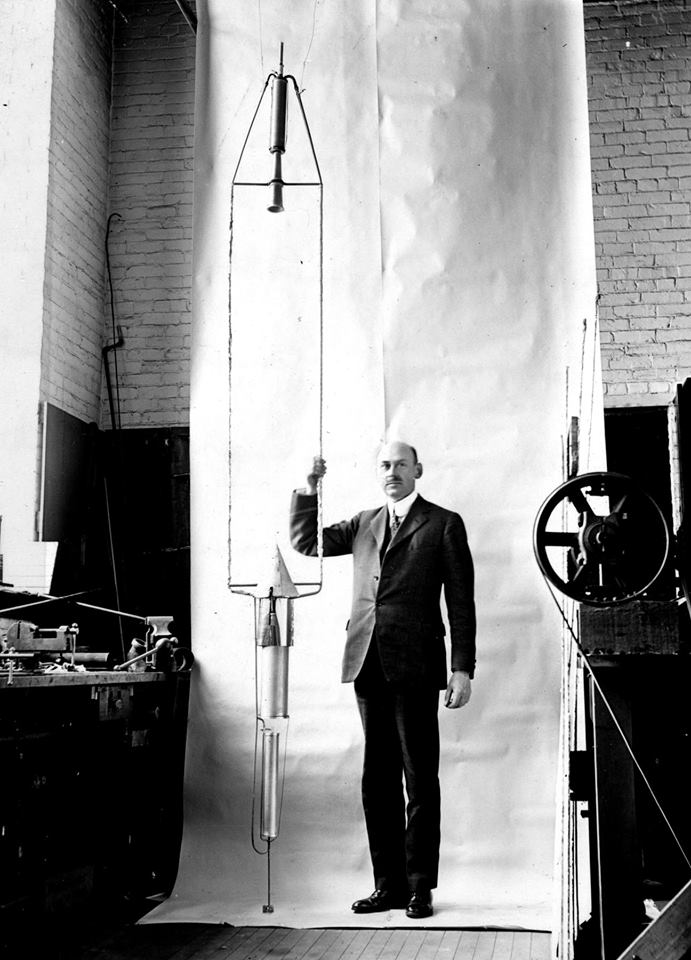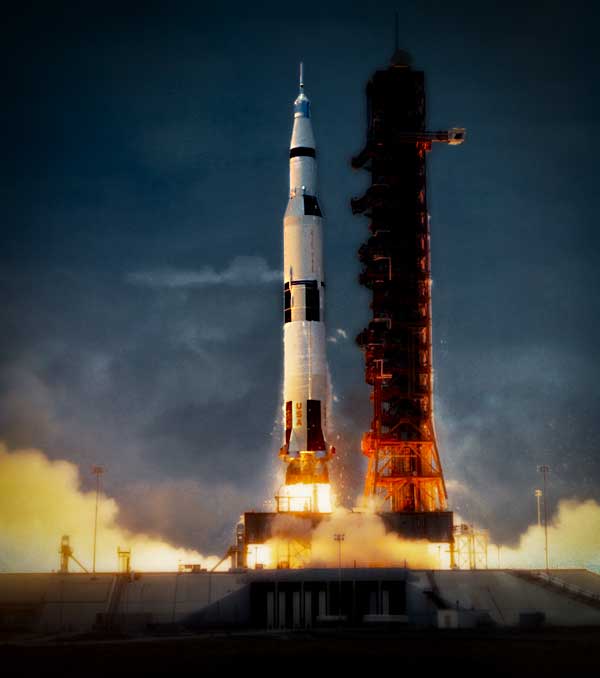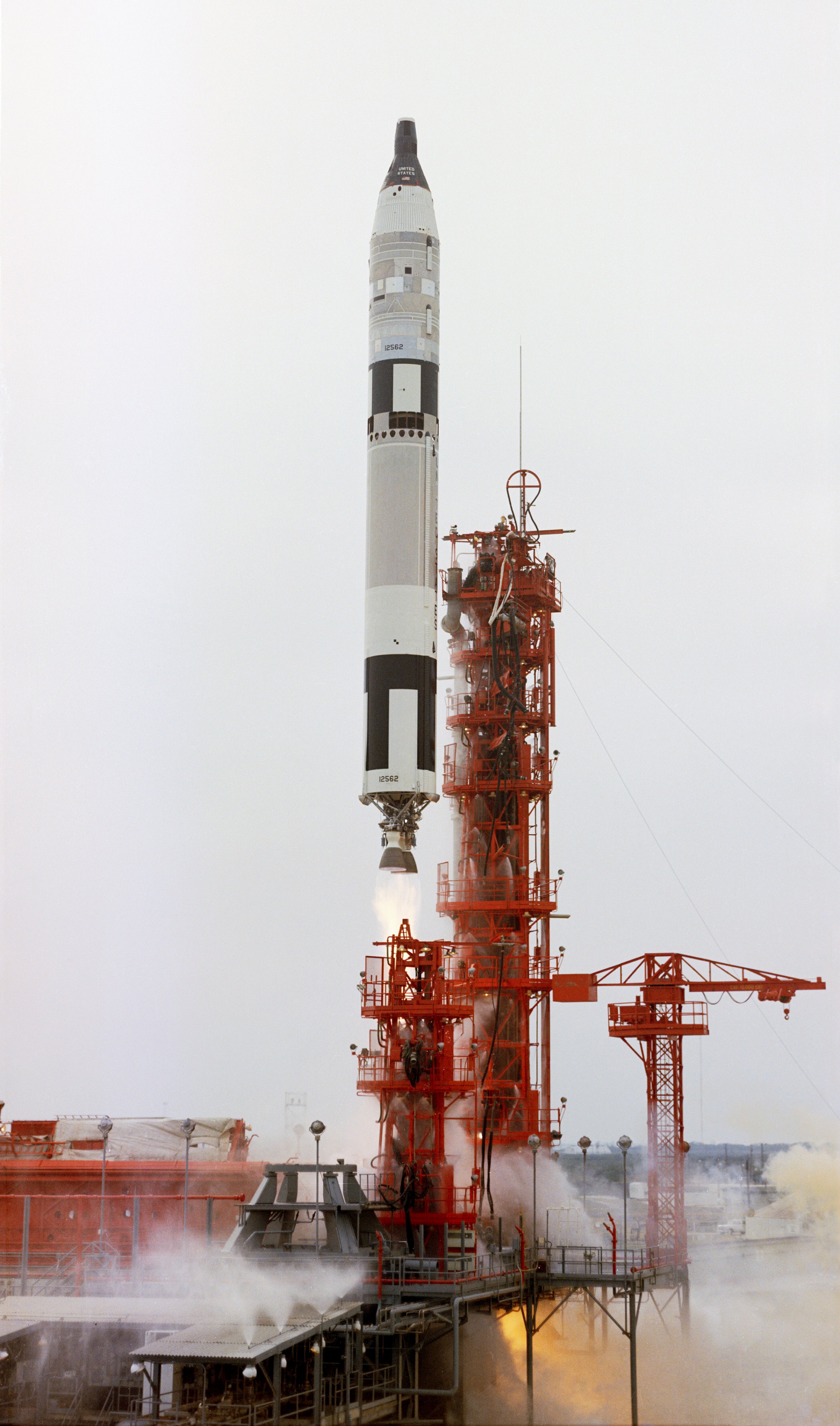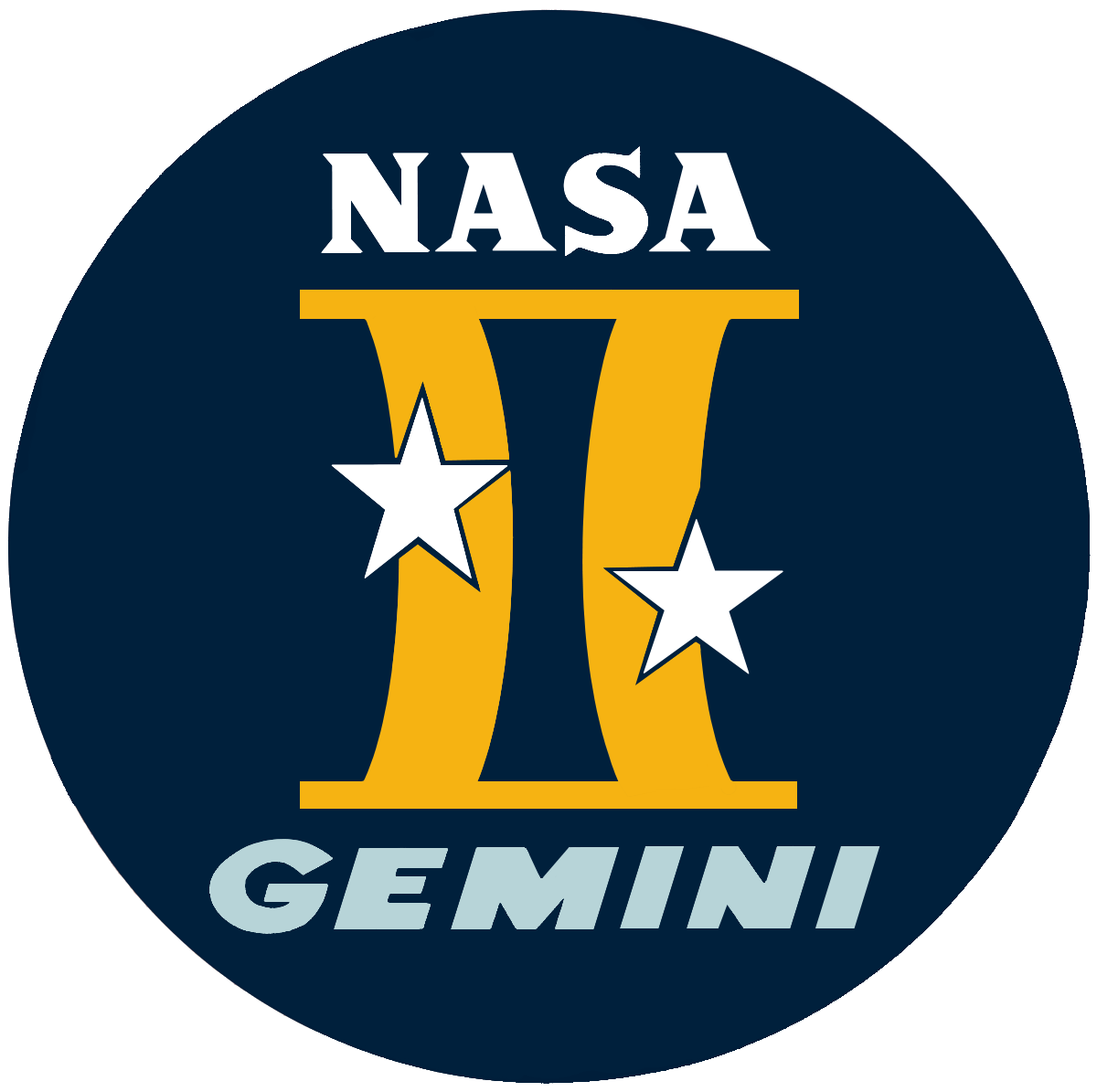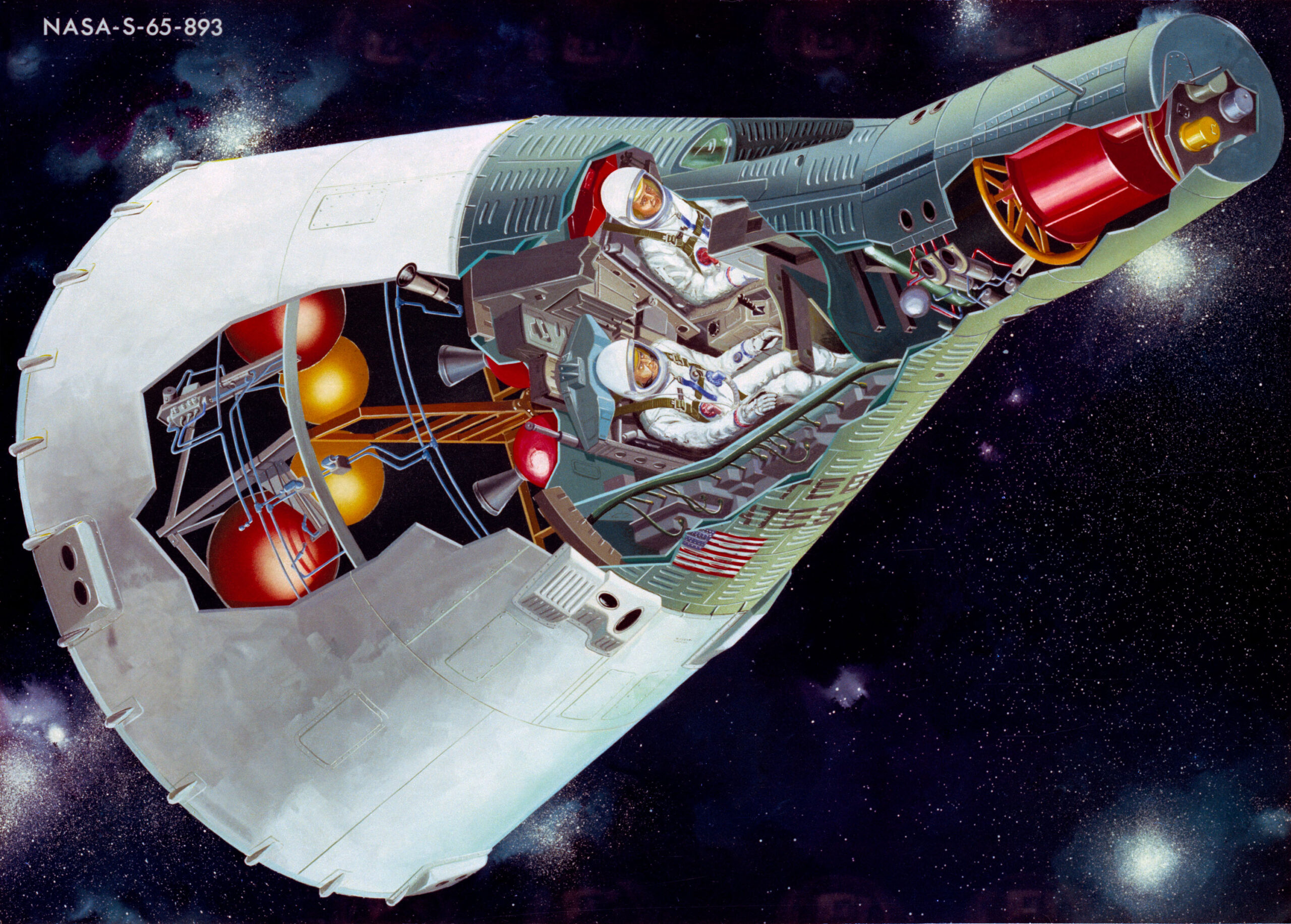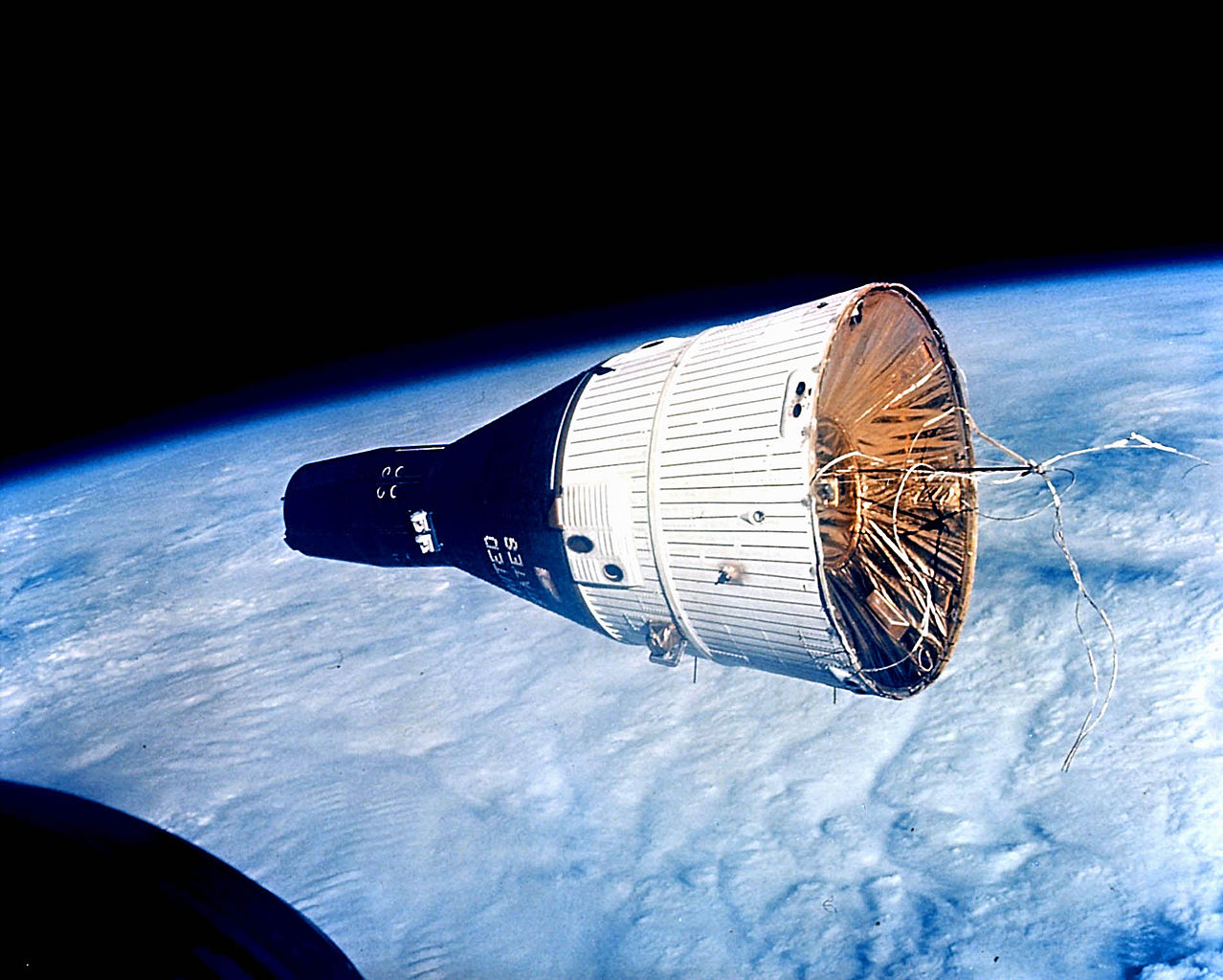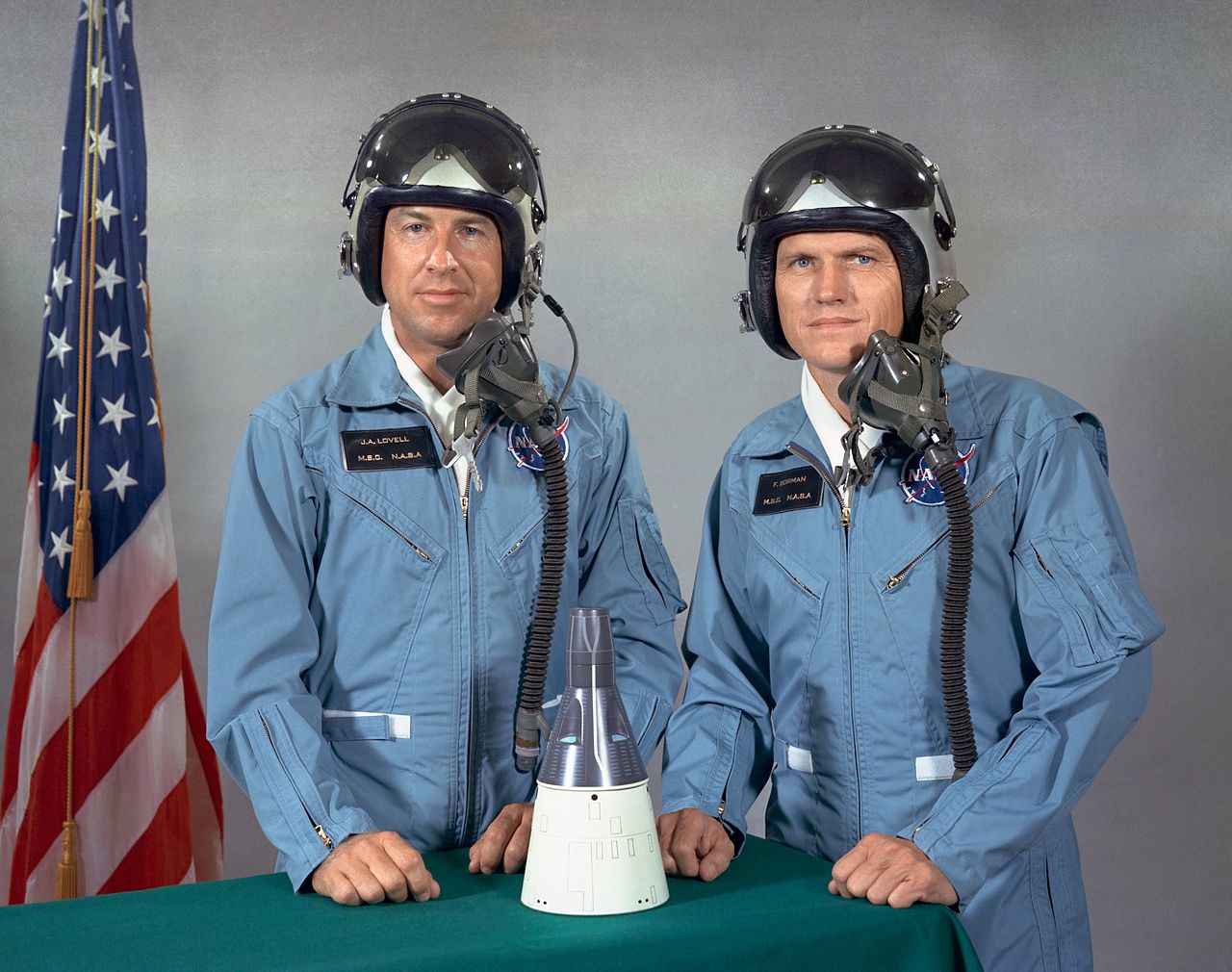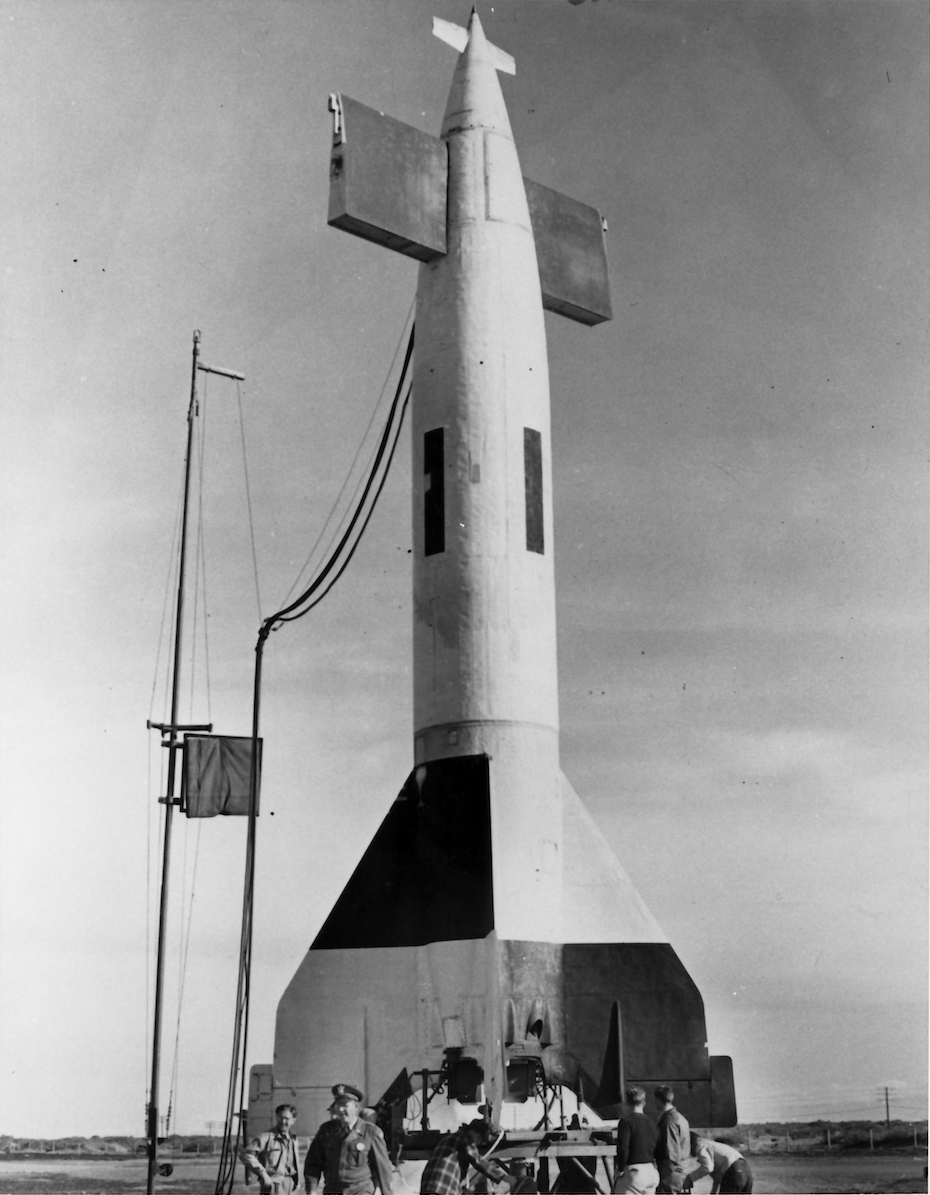
29 May 1947: At 1930 hours, Mountain Daylight Time, a Hermes II two-stage, liquid-fueled rocket was launched from Launch Complex 33 at southern end of the White Sands Proving Grounds, east of Las Cruces, New Mexico.

Earlier in the day, a launch attempt failed when the first stage engine failed to produce thrust. Repairs were made and the second attempt succeeded—sort of. . .
The plan was for the rocket to arc toward the north, heading for the far end of the proving grounds. Instead, the Hermes II arced to the SOUTH.
The Range Safety Officer was prevented from sending a DESTRUCT signal when a program scientist physically restrained him. The rocket peaked at 35 nautical miles (65 kilometers), passed over Fort Bliss and El Paso, and after about five minutes of flight, hit the ground about one-half mile from the Buena Vista Airport in Ciudad Juárez, Mexico.
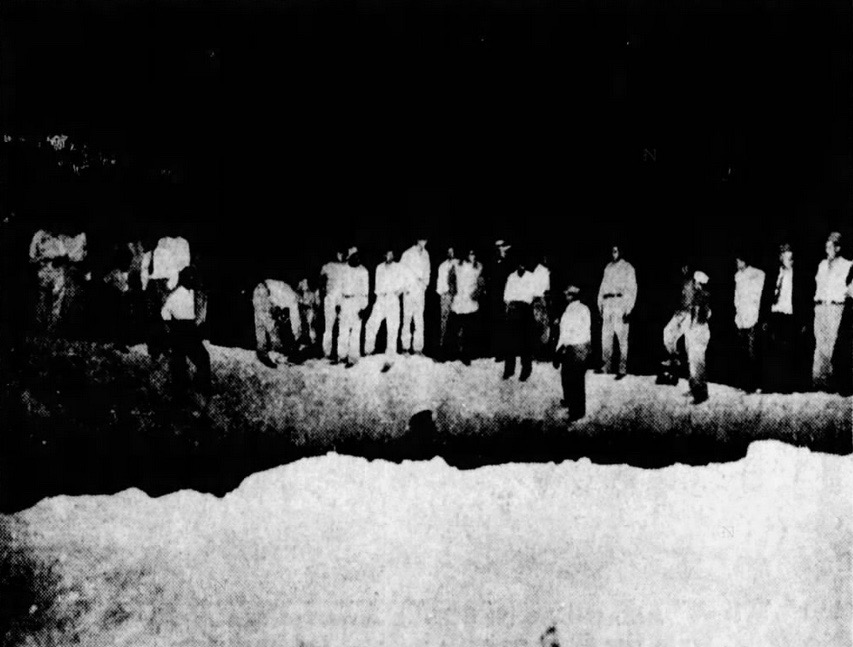
At impact, the rocket dug a crater 50 feet (15.2 meters) across and 24 feet (7.3 meters) deep. The explosion shook buildings in El Paso and 25 miles (40 kilometers) away in Fabens, Texas. The rocket barely missed a powder magazine where mining companies were storing dynamite and other explosives.
Fortunately, there were no injuries, and property damage was minor.
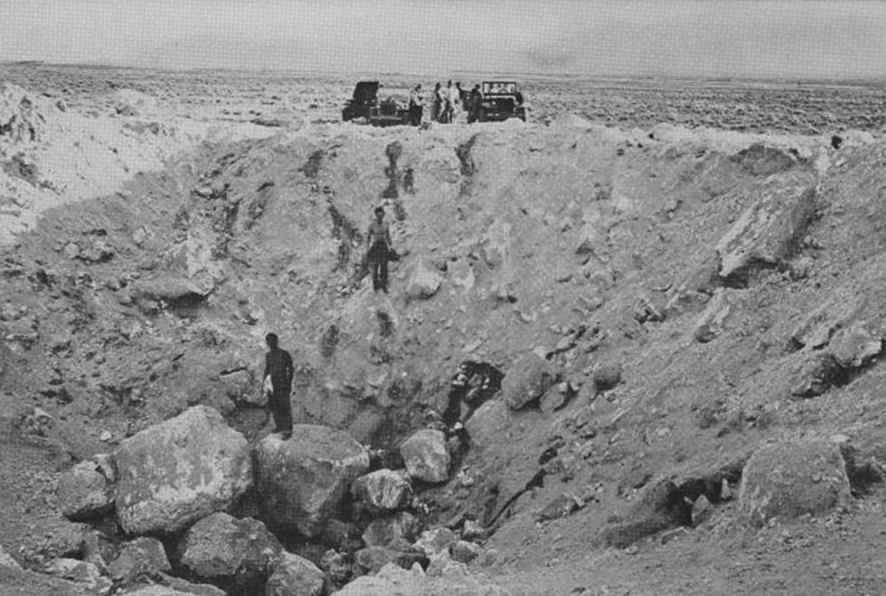
Hermes II was the world’s first multi-stage rocket. Developed from the German V-2 rocket (Vergeltungswaffen 2), it was intended to serve as a test bed for ramjet development. The upper stage had a broad wing for flight tests of a split-wing two-dimensional ducted-airfoil ramjet. (For this launch the ramjet was not operational.) The span of the fins were increased to improve stability.
The Hermes II was 51.50 feet (15.70 meters) tall. The tail fins had a span of 17.75 feet (5.41 meters), and the second stage wing span was 15.26 feet (4.65 meters). The rocket had a gross weight of 31,750 Pounds (14,400 kilograms). The liquid oxygen/alcohol-fueled engine produced 60,000 pounds of thrust (267 kilonewtons).
In 1948, the Hermes II was redesignated RTV-G-3 by the U.S. Army.
© 2019, Bryan R. Swopes
